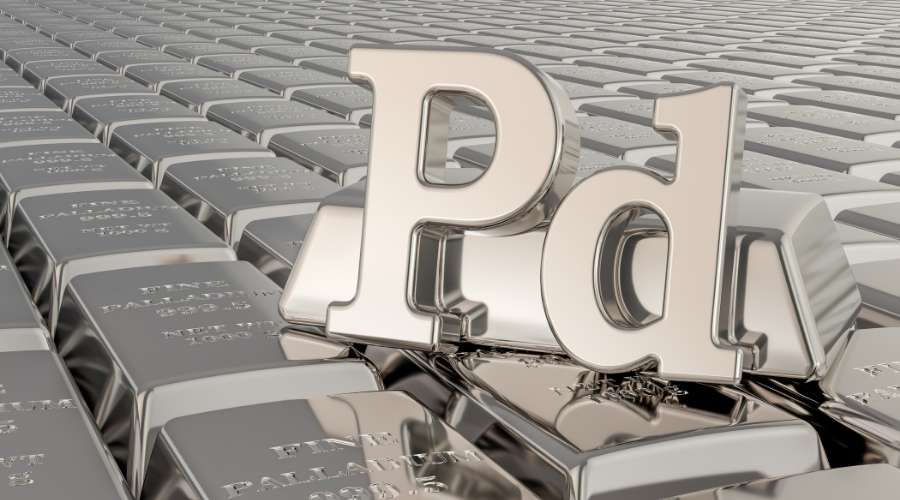Retirement Options For Precious Metals
Everyone approaching retirement knows how valuable it is to have a solid investment when the time comes. Precious metals savings accounts have become popular over the past years, despite the volatility associated with some of them, such as gold. Precious metals have been a great store of value for years, and if you invest in the right way, they can be a perfect long-term retirement investment strategy. Since you can’t hold the physical precious metal in the regular individual retirement account (IRA), there are uniquely designed precious metal IRAs that allow you to invest for retirement. In this guide, you will learn what precious metal IRAs are, the different types and whether they are worth investing in.
United States Gold Bureau is one of the companies you may want to look at if you are looking for a company to help you.
What are the Different Precious Metals You Can Invest in for Retirement?
There are many types of precious metals, but when it comes to IRAs, you can only invest in gold, silver, palladium and platinum. However, there are specific standards set by the IRS that your precious metal has to meet based on purity. These include:
• The gold needs to be 99.5% pure
• The silver needs to be 99.9% pure
• The palladium needs to be 99.95% pure
• The platinum needs to be 99.95% pure
The IRS also allows investments in American Eagle coins, although they don’t necessarily meet the 99.5% purity requirement for gold. Note that you can’t hold any rare or collectable coins or German Marks.
Choosing the Best Option for You
If you’re considering precious metals account for your retirement strategy, you should know that there are a number of options available to choose from. However, not every option suits you since everyone has a unique financial situation and long-term goals. Therefore, you need to determine the best precious metals account for you. For this, consider the following factors:
• Your investment goals – the first thing you must be aware of is whether you want to invest solely in physical precious metals or prefer a diversified portfolio with ETFs and mutual funds. Once you have identified this, start narrowing down your options from the available list.
• Your risk tolerance – precious metals investments are very volatile and get affected by market fluctuations. So, you need to establish how much risk you’re comfortable with and how much you’re willing to lose in case the investment goes south.
• Your entire retirement plan – although investing in precious metals can seem enticing, it shouldn’t be your only investment plan. Ensure you create other investment plans and fit precious metal IRAs into the overall financial picture.
• Your desired tax situation – note that some precious metal accounts have some tax advantages while others are associated with tax consequences.
Depending on your personal needs and goals, the best precious metals account can be a self-directed IRA, which gives you an option to invest in physical precious metals, a mutual fund that deals with precious metals or a precious metals ETF. But, as you make this important decision, it’s advisable you work with a financial advisor or a retirement investment professional to determine which option works best for you.
What are the Risks and Rewards of Investing in Precious Metals?
Just like any other business or investment, precious metals come with both risks and rewards. For starters, they are known for their stability and, if invested well, can be a great addition to your retirement portfolio. However, there are several risks involved.
One of the major risks of investing in precious metals is market volatility. Their value can fluctuate greatly, especially during hard economic times. Another risk to consider is storage and security. If you’re going to invest in precious metals, you will have to store them in a safe and secure location such as a safe or a bank vault. In some cases, this might add extra expenses to your retirement investment plan. Additionally, you need to consider the risk of loss or theft.
Despite these risks, there are rewards you ought to enjoy if you invest right in precious metals. Precious metals are known to retain value. Hence they can be a good hedge against inflation. They also maintain their worth over time, unlike paper currency which can be devalued by printing more money. Lastly, precious metals can help diversify your portfolio and protect you against market downturns.
Should You Invest in a Precious Metals IRA?
Precious metal IRAs will always remain to be a viable option for many investors, especially the ones that are concerned about inflation and market volatility. But, as you have read earlier, they are more expensive than other investment options, and they might have more risk compared to traditional IRAs. Precious metal IRAs are ideal if you have a strong portfolio and are looking to diversify your investments. Remember that precious metals shouldn’t be your whole retirement investment strategy; rather, they should be a means to add sparkle to your retirement funds.








